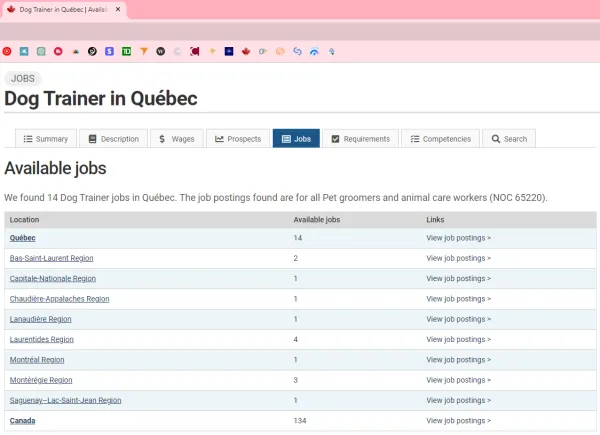By Gaby Dufresne-Cyr, CBT-FLE
In a recent development that has raised concerns among Canadian pet owners, the United States has implemented changes to its regulations on dog imports. These new rules, which were announced in July 2023, aim to address…
Read more






















